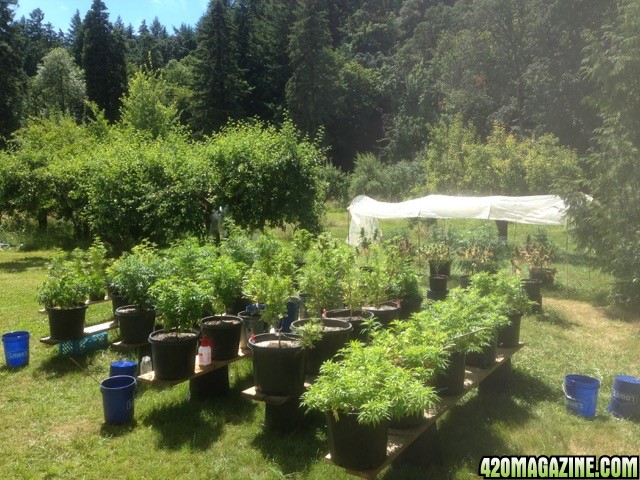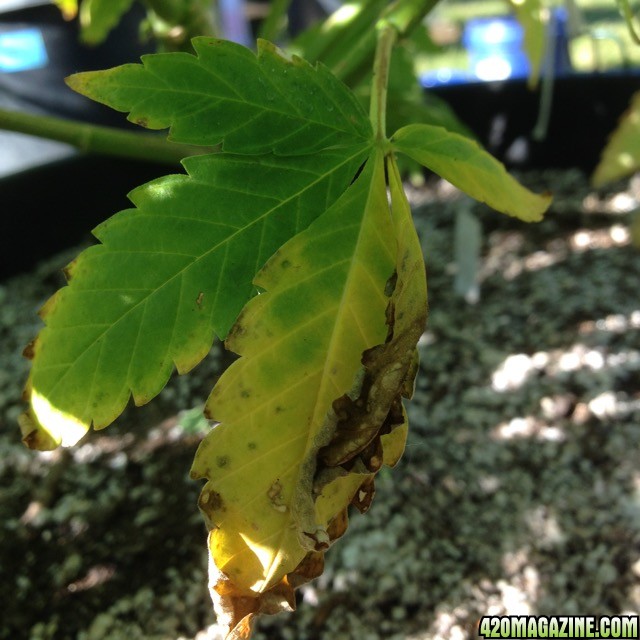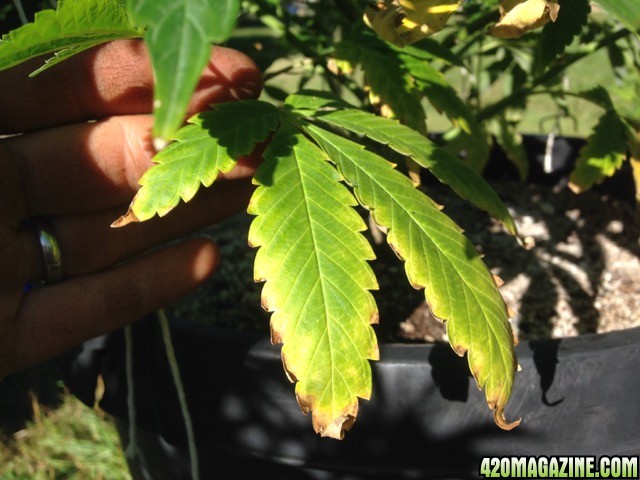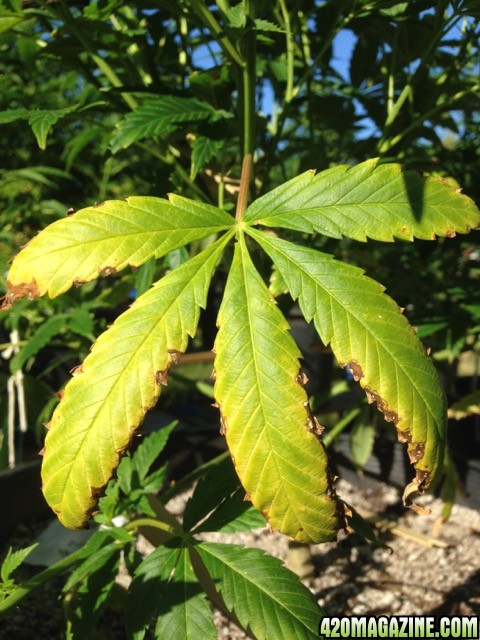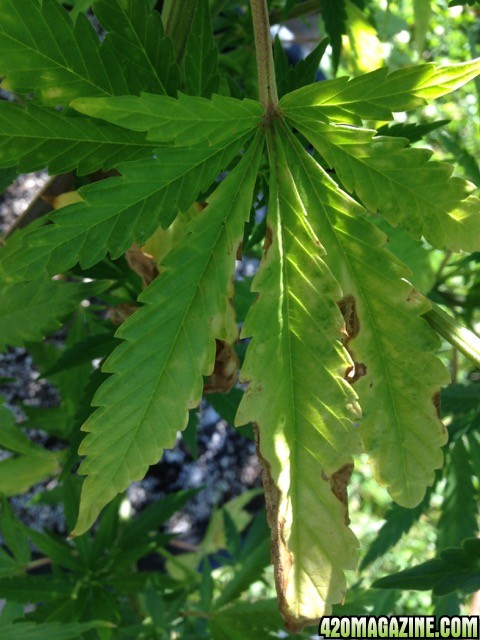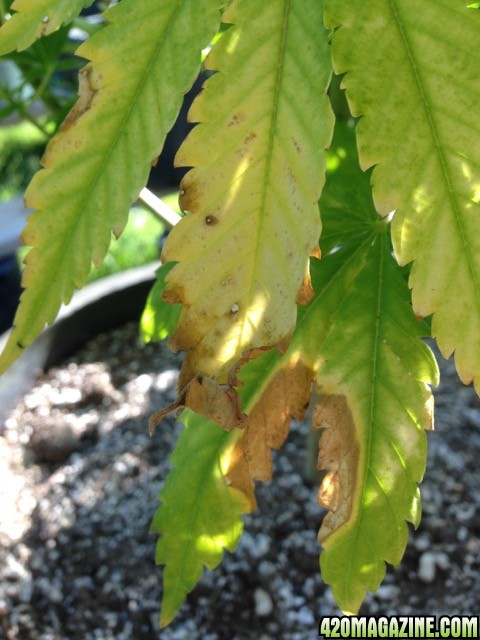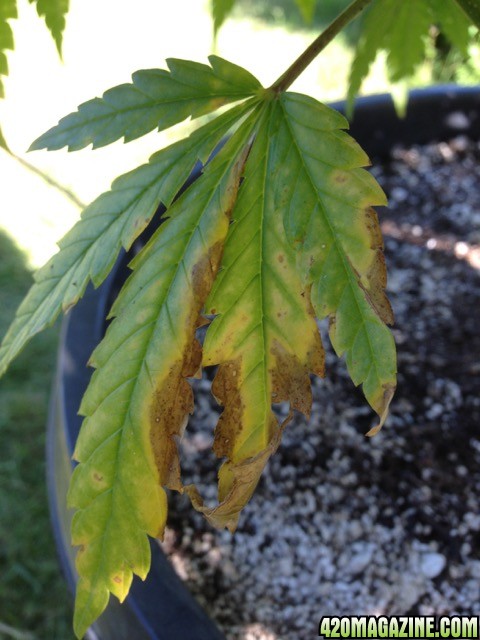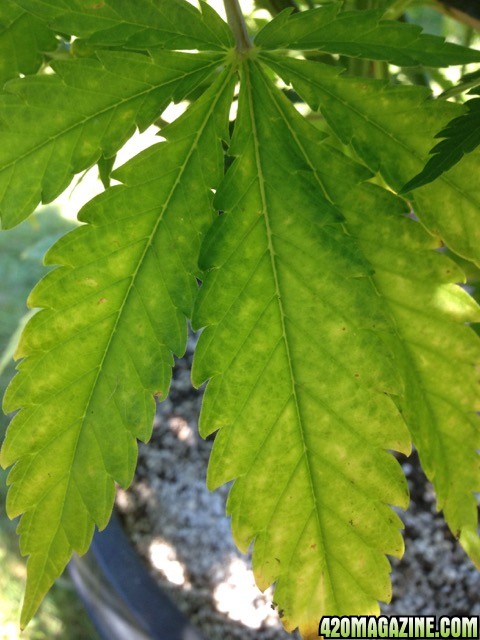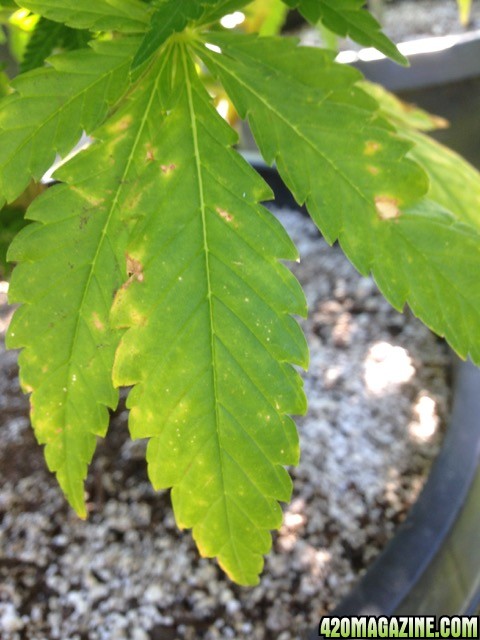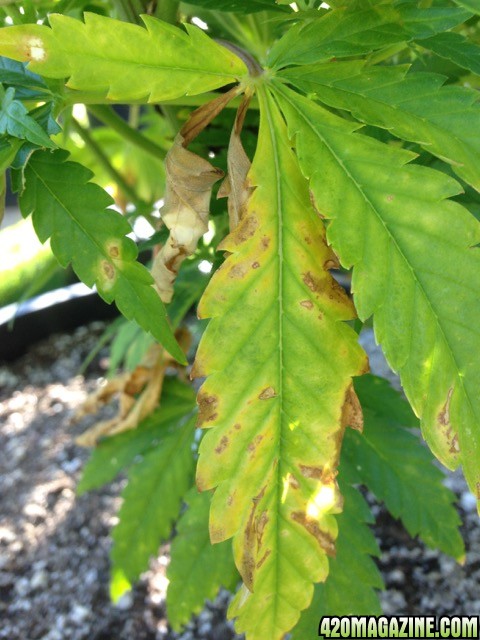Kriaze
Well-Known Member
There are some interesting comments being made here so I'll sub in if that's ok. I've just made my own compost and I have to say that I had the same approach with cramming any amendment that I could think of into it as well as my kitchen waste, I guess I'll run into problems down the line but it's all part of the learning process.
I also took some advice that you gave me last year Conradino, I took some soil out of the garden, mixed it with compost and you're right, it is growing. I named her after you and Weaselcracker for giving me the idea to do it, send her some positive energy over as it sounds like she may need it
I also took some advice that you gave me last year Conradino, I took some soil out of the garden, mixed it with compost and you're right, it is growing. I named her after you and Weaselcracker for giving me the idea to do it, send her some positive energy over as it sounds like she may need it




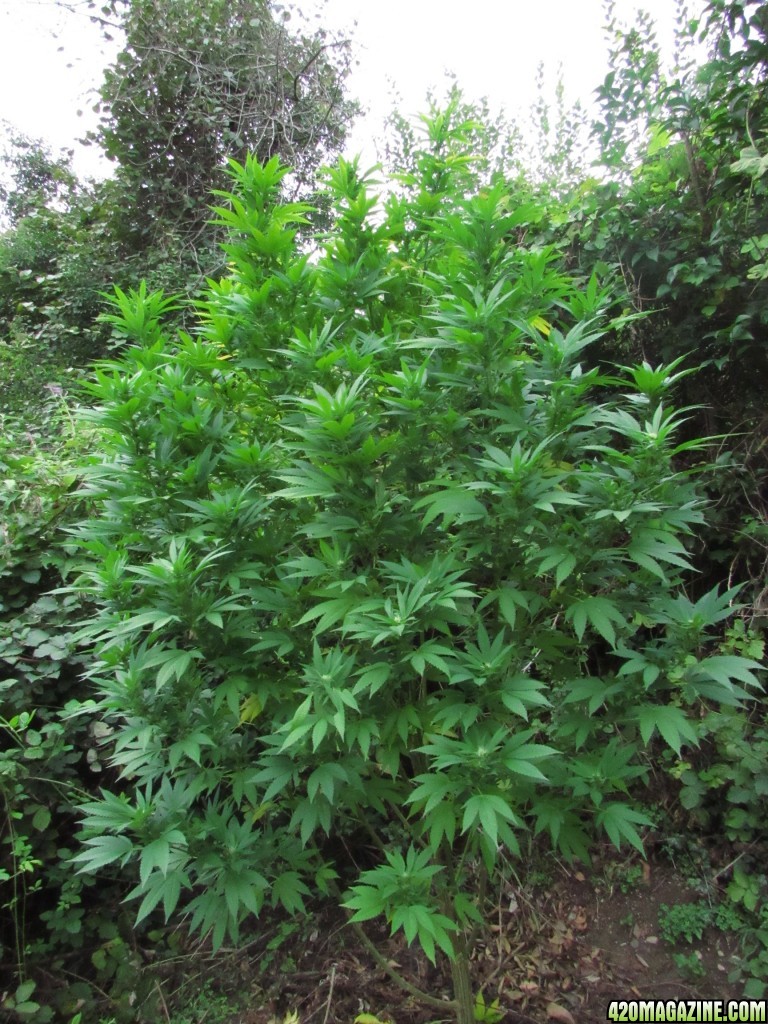
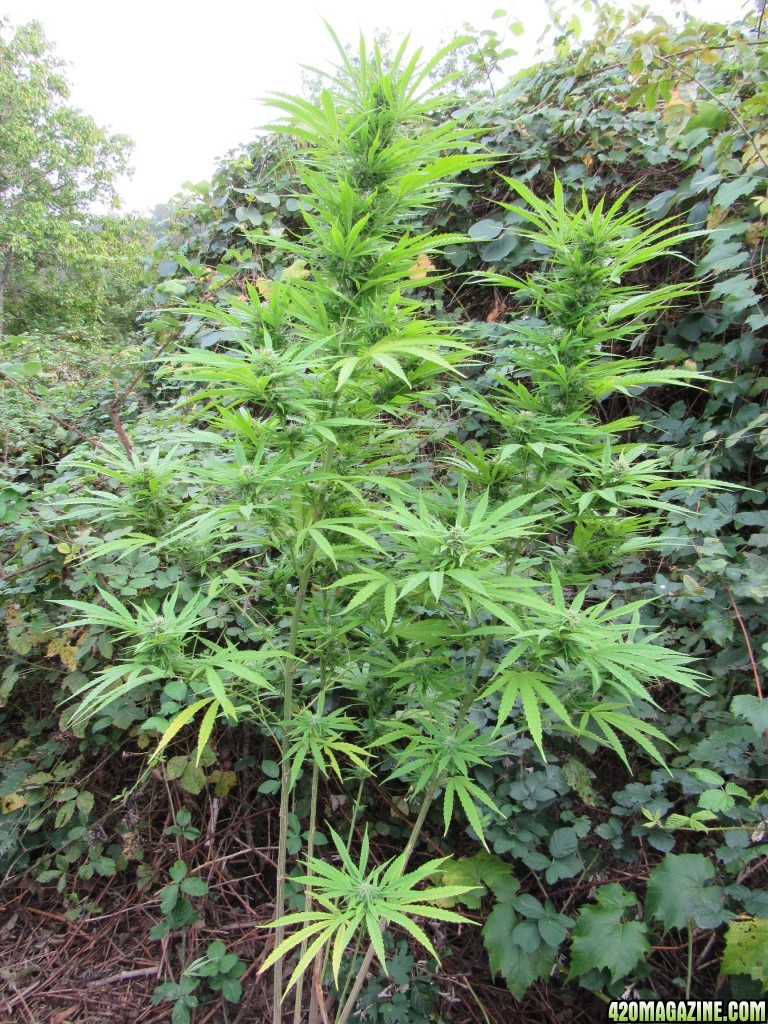
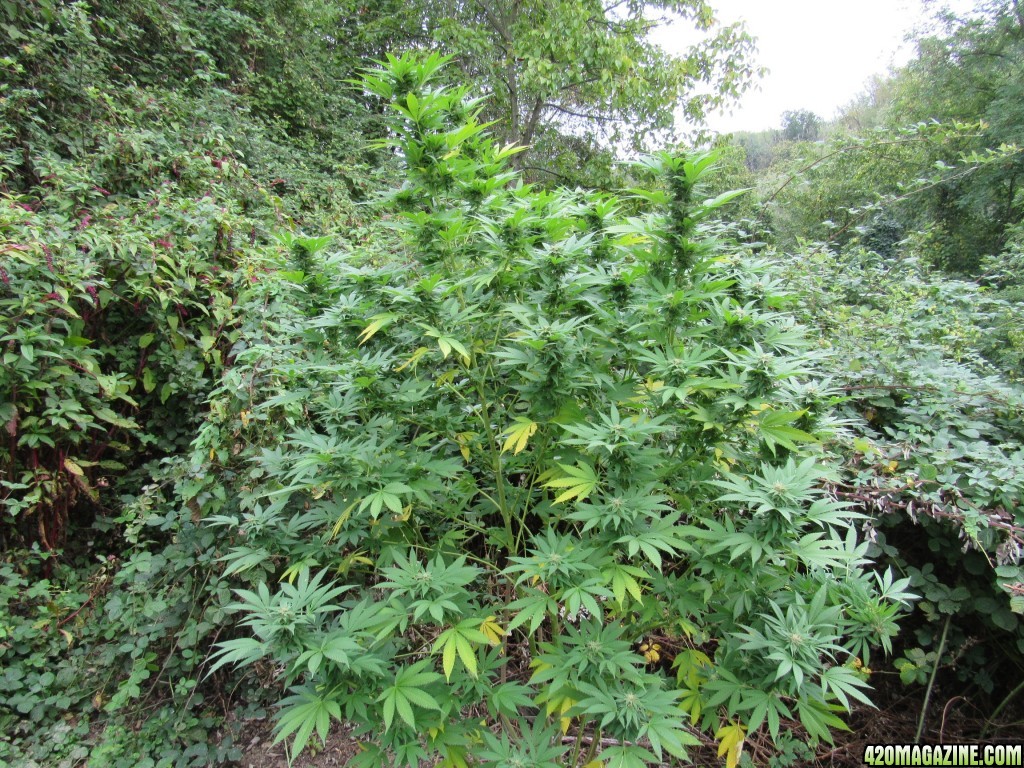
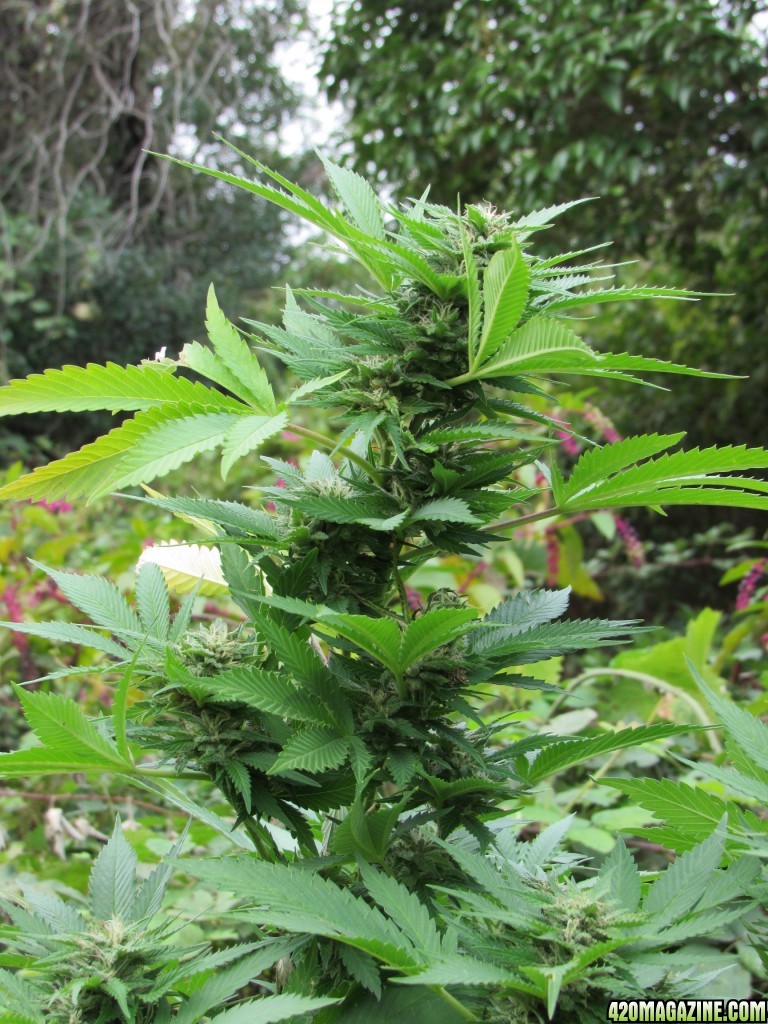
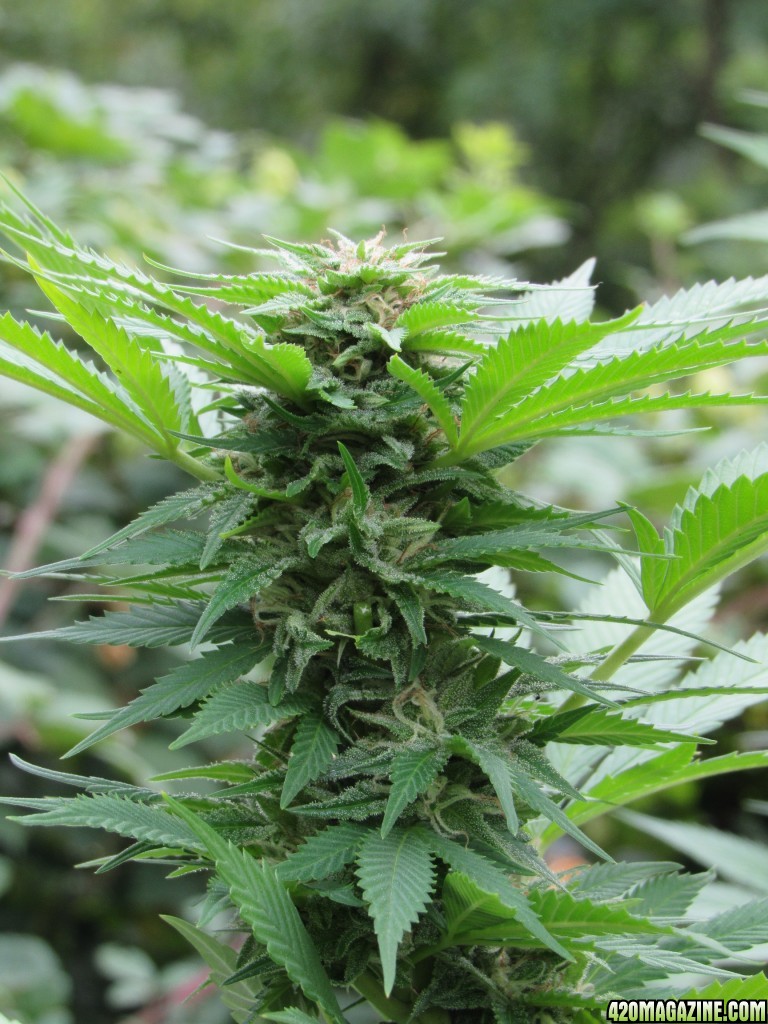
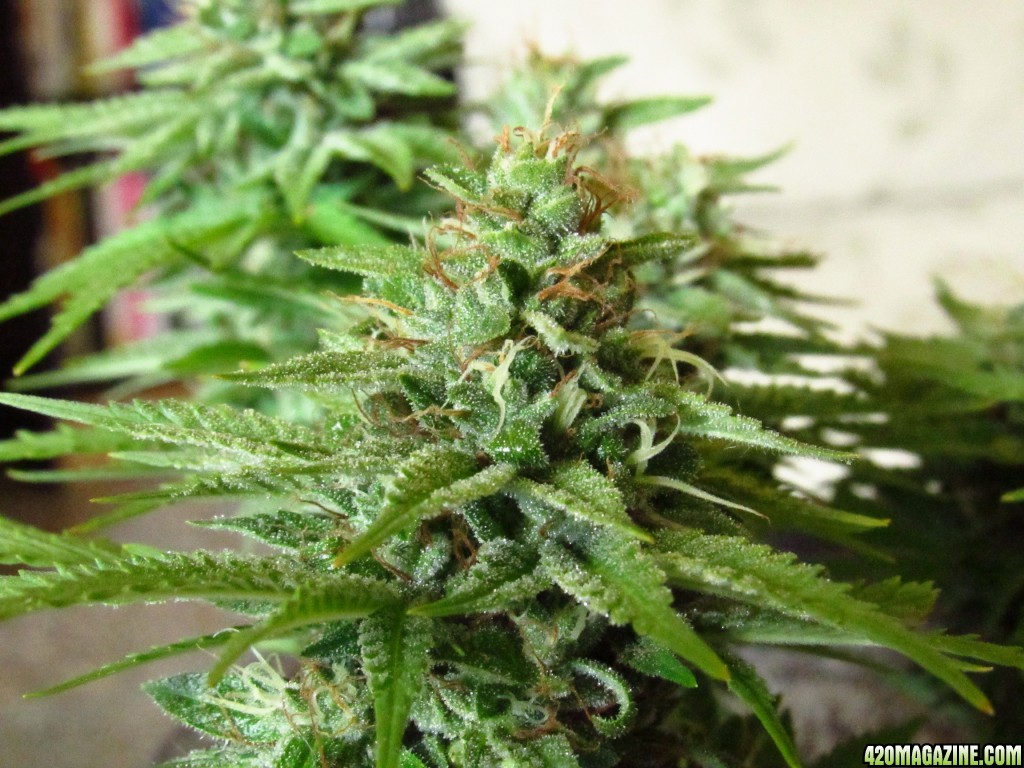
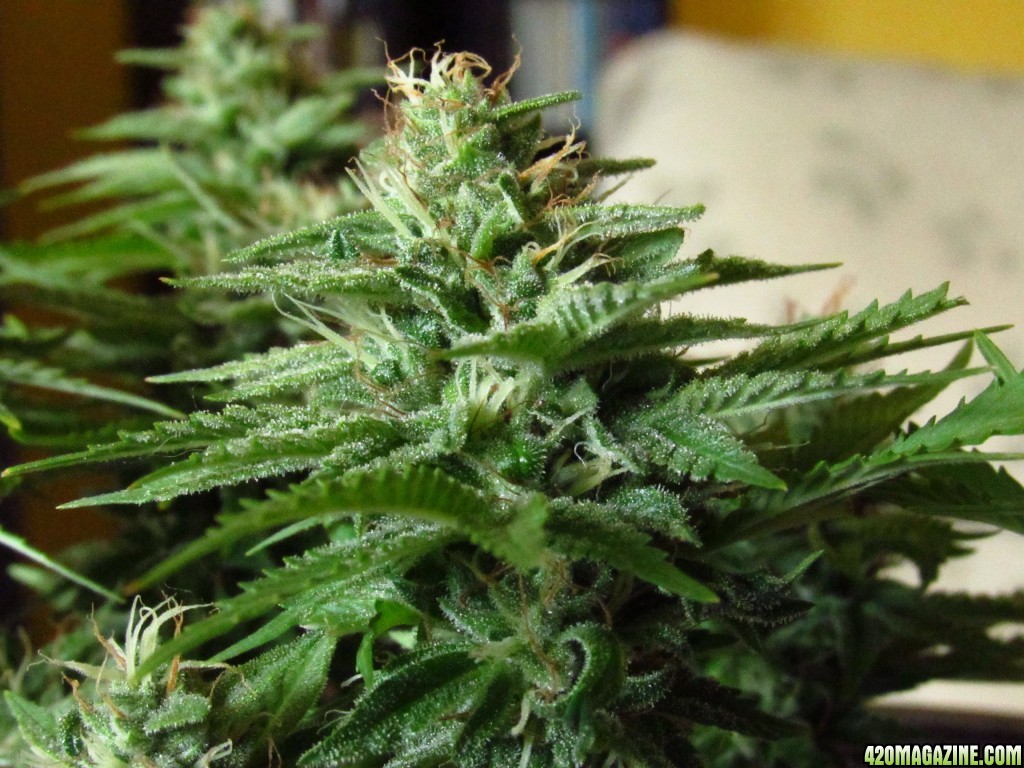
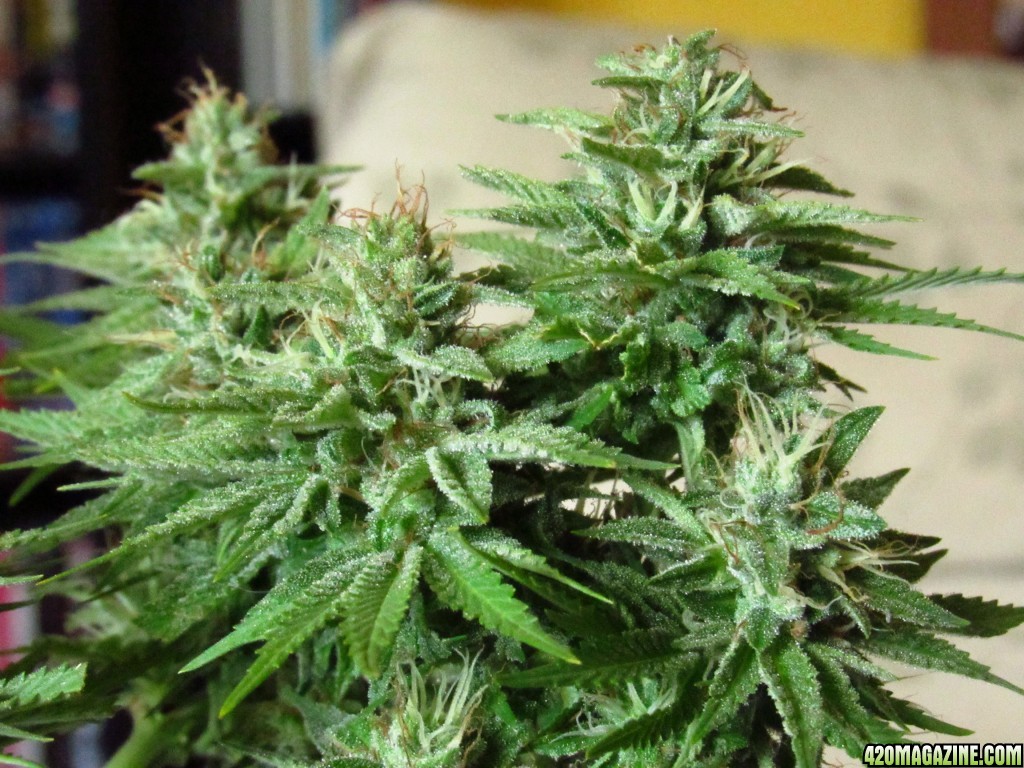
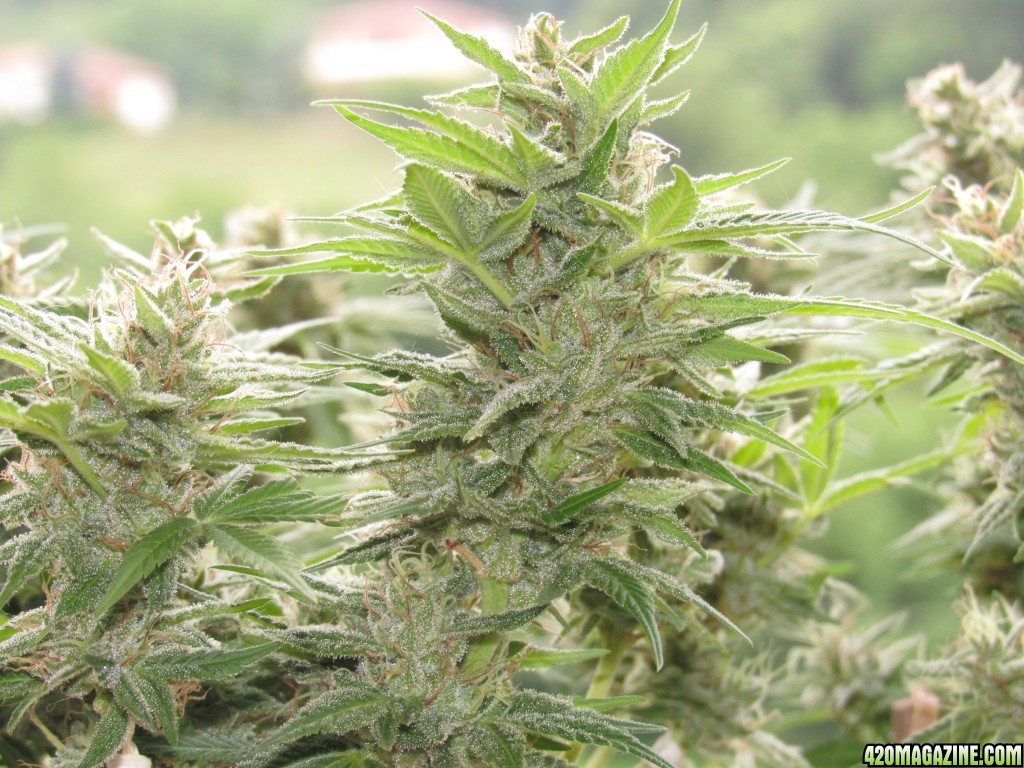
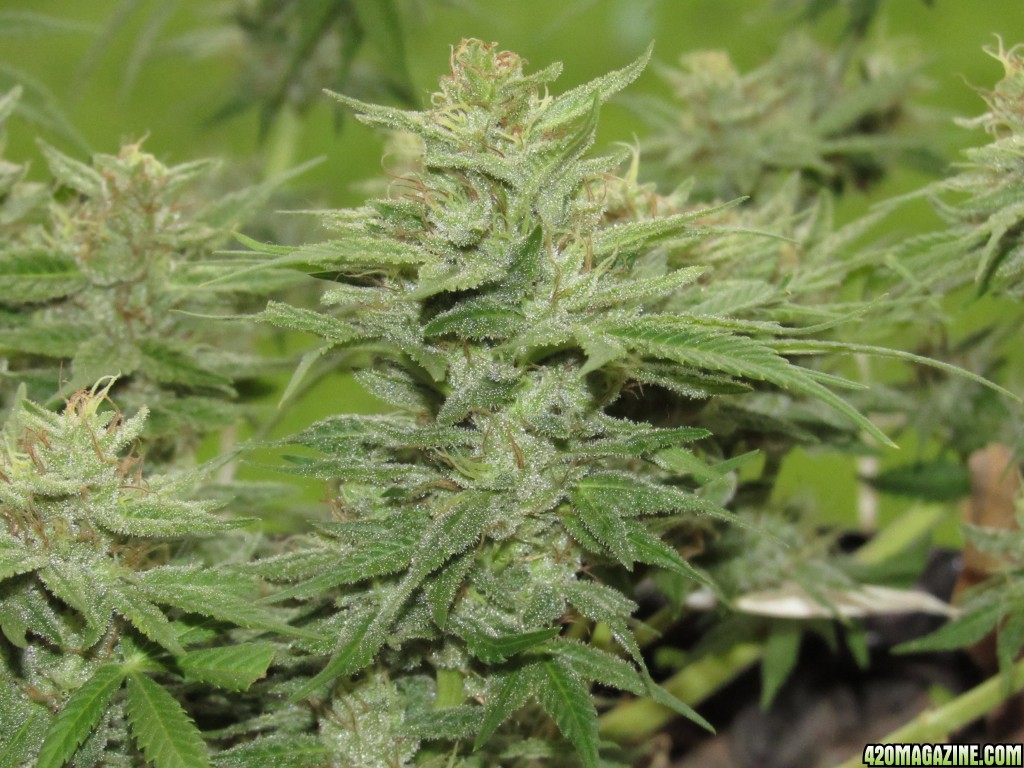
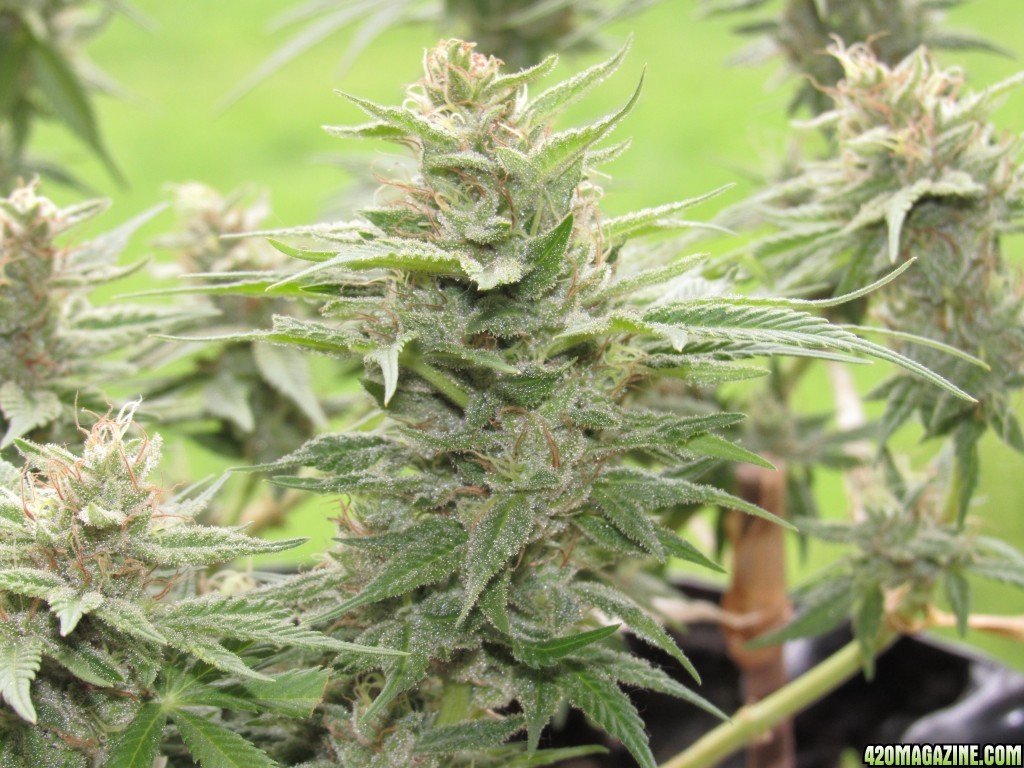


 All but a handful of these plants are in the undercooked soil that everyone seems to agree is a disaster waiting to happen:
All but a handful of these plants are in the undercooked soil that everyone seems to agree is a disaster waiting to happen: